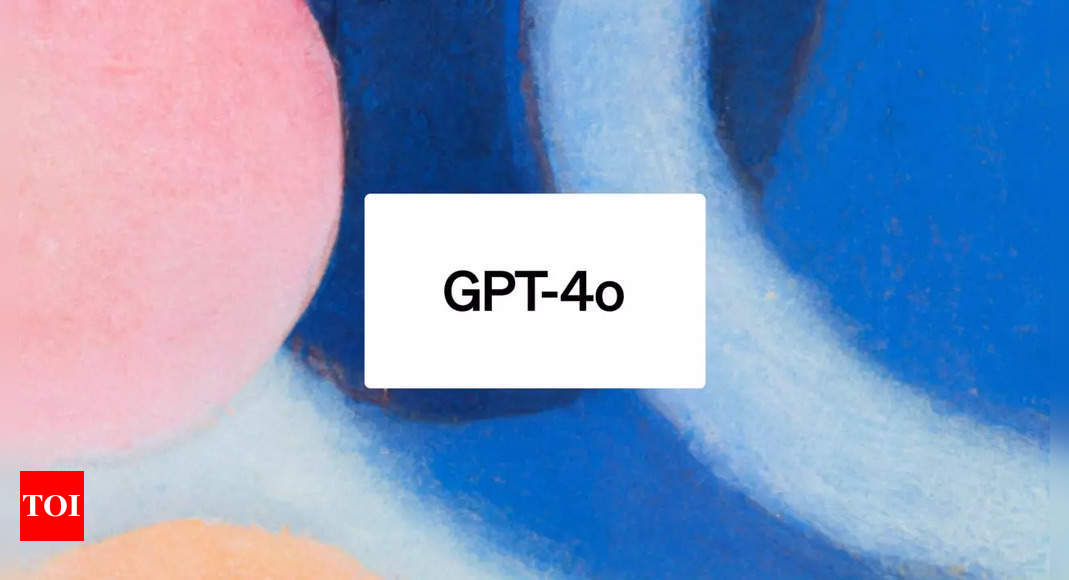Unity, the leading game development platform, recently announced a change in its pricing model, which has sparked a wave of disapproval among video game developers. The new pricing structure introduces a tiered subscription plan, replacing the previous flat fee. This shift has left many developers unhappy and questioning the motives behind the decision.
One of the primary reasons for the dissatisfaction stems from the increased costs associated with the new tiered system. Under the previous model, developers paid a fixed annual fee to access all Unity features and services. However, the updated pricing model now requires developers to choose from different subscription levels, each with its own features and varying subscription costs. This change has been perceived by many as an attempt to extract more money from the developers without providing substantial additional value.
Another source of frustration comes from the limitations imposed on users of the lower subscription tiers. Previously, developers had access to all the features and services offered by Unity, regardless of their subscription level. However, the new structure restricts certain advanced features, such as cloud rendering and multiplayer capabilities, to higher subscription tiers. This has sparked concerns among developers who fear that they will have to pay significantly more to access features that were previously included in their subscription.
Additionally, the changes in the pricing model have disrupted the workflow and financial planning of many video game developers. Switching from a predictable, fixed cost to a variable pricing structure makes it challenging for developers to plan their budgets and evaluate the long-term sustainability of their projects. The lack of transparency in the new pricing plans further compounds these concerns, leaving developers uncertain about the total costs they may incur in the future.
Unity has responded to the backlash by emphasizing the added benefits and value that the new pricing model brings. They argue that the tiered system allows developers to choose a subscription tailored to their specific needs, paying only for the features they require. Unity also highlights that the revenue generated from the new pricing structure will enable them to invest in further innovation and improved services for their users.
Despite Unity’s justifications, the discontent among video game developers remains high. Many developers rely on Unity as their primary development platform, and the changes in pricing have left them feeling uncertain and betrayed. Some developers believe that Unity’s decision to prioritize monetization over the needs of its user base may drive them to explore alternative game engines or even consider developing their own platforms.
In conclusion, Unity’s new pricing model has generated significant controversy within the video game development community. The dissatisfaction arises from increased costs, limited access to features, and the disruption to developers’ financial planning. While Unity defends the changes by emphasizing choice and investment in innovation, it remains to be seen how the community will react and adapt to this new pricing structure.










